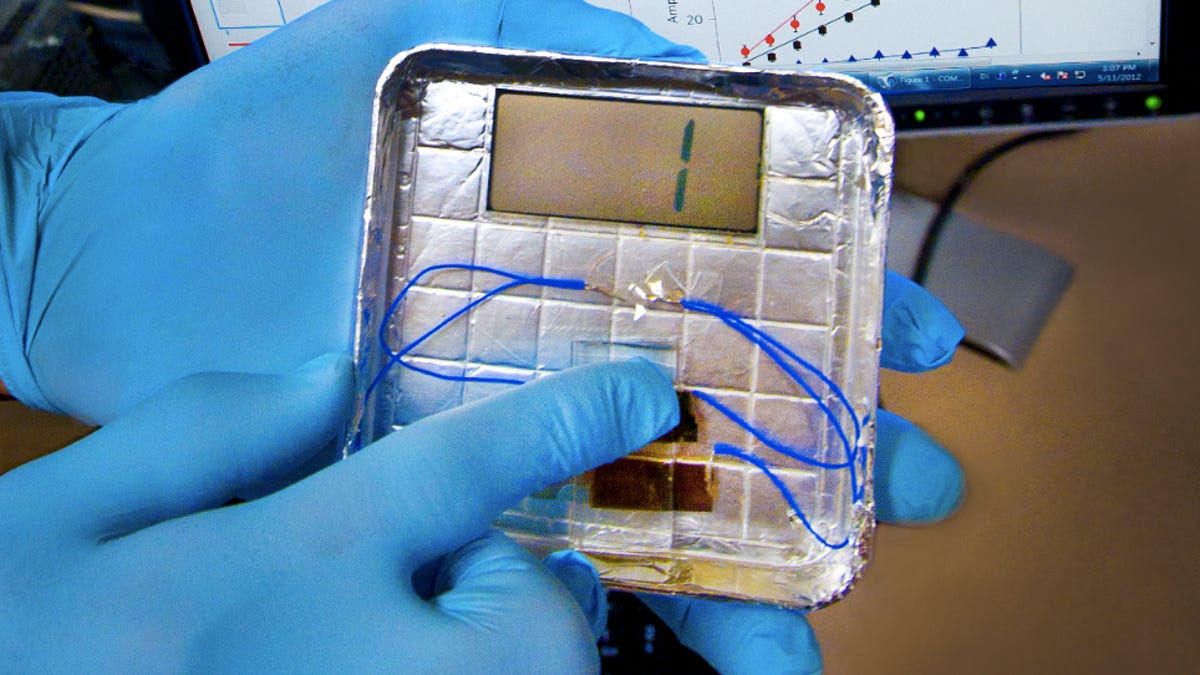Step on it: Virus could lead to motion-powered gadgets
Lawrence Berkeley National Laboratory designs a benign virus that builds up electric charge, a new approach to motion-powered personal electronics and energy harvesting.

Scientists are genetically engineering viruses in the pursuit of better battery life, perhaps leading to smartphones charged from the motion of walking.
The Department of Energy's Lawrence Berkeley National Laboratory yesterday described a microelectronic device that uses a benign virus to build up electric charge from movement.
Its first prototype was able to display the No. 1 on an LCD display when a person pressed a postage-stamp size button.
That amount of current isn't useful enough to charge common electronics, such as a music player or phone. But the researchers' novel approach to harvesting energy from motion shows promise either for consumer electronics or sensors that use vibrations or changing pressure to charge themselves.
The researchers are working with the piezoelectric effect, where charge accumulates in certain materials based on some sort of stress, such as motion or vibration. Some existing piezoelectric materials are toxic and are difficult to work with, according to the Lawrence Berkeley Lab group.
The researchers looked to viruses as a new material to work with because they reproduce rapidly and align far better than other materials, making them good candidates to accumulate a charge on one end of the virus. The researchers then genetically engineered the virus with proteins that enhance the buildup of charge on the ends of the rod-shaped viruses. The viruses only attack other bacteria so are considered benign.
The viruses are stacked onto thin films and then several thin films are layered to build up as much voltage as possible.
The Lawrence Berkeley Lab group isn't the first to pursue viruses as a means for building up electric charge. Researchers at MIT in 2009 said they were able to wire a charge-building virus to a lithium ion battery.
The Lawrence Berkeley Lab's prototype was only able to generate about a quarter of the voltage of a triple A battery, but they believe that their approach to "viral electronics" can scale up.
The researchers said in a paper published in Nature Nanotechnology:
Do not expect this virus-based device to run your water heating unit. Yet, this is a flexible film with self-assembling capability that no other piezoelectric materials can even dream about. With this technology, it is possible to envisage small-scale structures patterned with piezoelectric elements (so long as the structures are larger than the virus particles). This is ideal for small-scale sensing and energy-harvesting devices that can then be coupled to conventional electronics.

